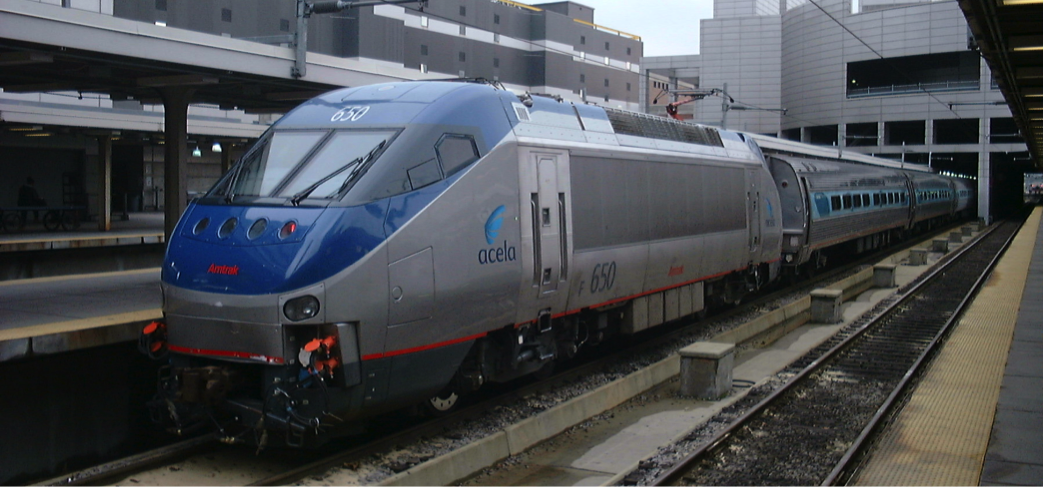ToroGlas- for Improved Impact Resistance
To improve its mechanical performance – resistance to impacts, wind pressure, thermal stresses or other applied loads – annealed glass for railway applications must be reinforced before it is laminated. Typically the reinforcing is done by either thermal tempering, or by chemical strengthening. Both processes create compressive stresses in the outside surfaces of the glass to reinforce its strength.
While thermal-tempered glass provides strength superior to that of annealed glass, it is not as tough as annealed glass and vulnerable to scratches and abrasion. Plus on impact thermal-tempered glass shatters into tiny thumb-nail size pieces because of edge stresses created during the heat-treating process. In a laminated window this shattering characteristic creates a break pattern that can severely limit visibility.
With ToroGlas chemically strengthened glass from CGS the break pattern is comparable to that of annealed glass. The break remains localized, with no dicing effect to interfere with visibility.
ToroGlas also delivers the high-strength of thermally-tempered glass while providing the optical qualities of annealed glass (flatness, with no undulation). The impact-resistance of ToroGlas far exceeds that of annealed glass.
And unlike its thermally treated counterpart, ToroGlas offers scratch and abrasion resistance, thermal-shock resistance, high optics, and is available on all float glass thicknesses (.6 mm to 12 mm) for improved weight reduction.
CGS also uses semi-tempering to strengthen certain products. The choice between chemical strengthening and strengthening by semi-tempering depends on the application – but each process results in excellent residual visibility after impact damage.



